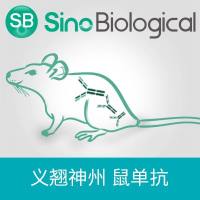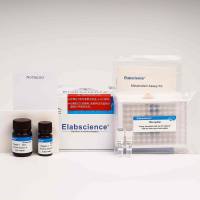Single-Molecule Observation of Rotation of F1-ATPase Through Microbeads
互联网
互联网
相关产品推荐

ATP5F1C/ATP5F1C蛋白/ATP synthase F1 subunit gamma (F-ATPase gamma subunit)蛋白/Recombinant Human ATP synthase subunit gamma, mitochondrial (ATP5F1C)重组蛋白
¥69

JAM-A/Junctional Adhesion Molecule A 鼠单抗(Anti-Human)
¥900

SIGIRR/SIGIRR蛋白Recombinant Human Single Ig IL-1-related receptor (SIGIRR)重组蛋白Single Ig IL-1R-related molecule;Single immunoglobulin domain-containing IL1R-related protein;Toll/interleukin-1 receptor 8 (TIR8)蛋白
¥1368

线粒体呼吸链复合物Ⅴ(F0F1-ATP酶/ATP合成酶)测试盒-比色法 | Mitochondrial Complex Ⅴ(F0F1-ATPase/ATP Synthase) Activity Assay Kit
¥2400

细胞线粒体呼吸链复合物Ⅴ(F0F1-ATP酶/ATP合成酶)测试盒-比色法 | Cell Mitochondrial Complex Ⅴ (F0F1-ATPase/ATP Synthase) Activity Assay Kit
¥2400
相关问答

